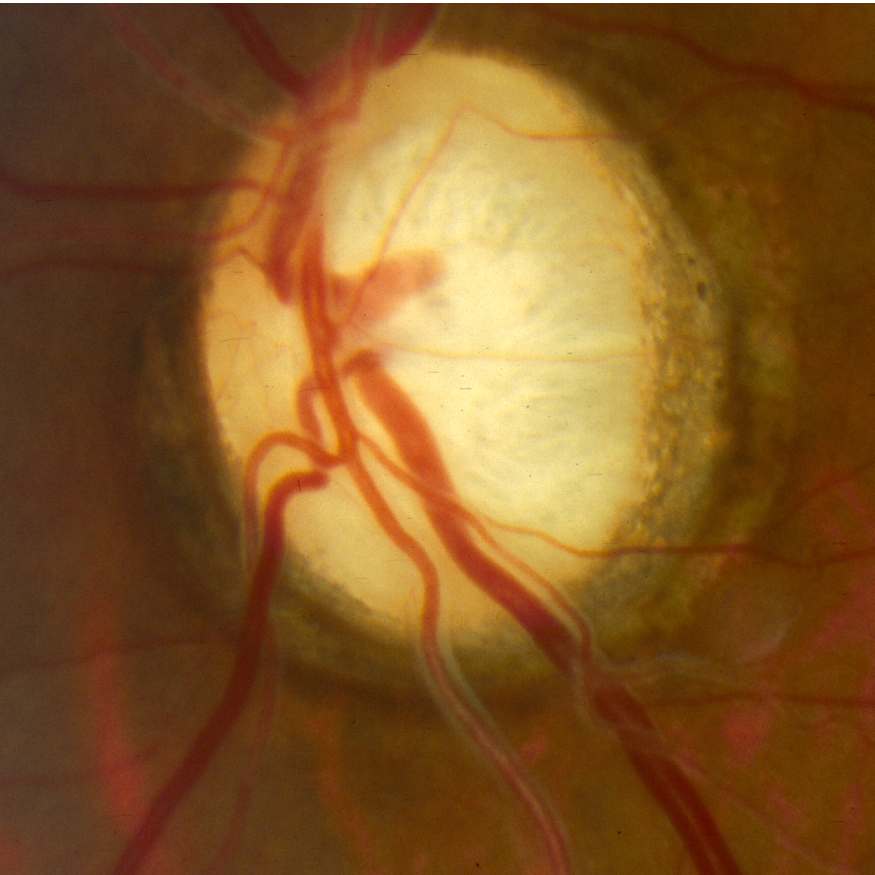Glaucoma
Understanding Glaucoma and Treatment Options
What is Glaucoma?
Glaucoma is a progressive eye condition where vision loss occurs due to damage to the optic nerve, often associated with increased intraocular pressure (IOP) inside the eye. However, glaucoma can also develop in individuals with normal eye pressure. Without treatment, glaucoma can lead to irreversible vision loss.
How is Glaucoma Treated?
Most people manage glaucoma effectively with eye drops or laser treatments. In some cases, surgery may be necessary if drops or laser therapy do not reduce eye pressure sufficiently or if glaucoma continues to progress. The primary goal of all treatments is to lower intraocular pressure and prevent further optic nerve damage.
Treatment Options for Glaucoma
1. Selective Laser Trabeculoplasty (SLT)
SLT is a painless laser procedure performed in-office to lower eye pressure in open-angle glaucoma. It typically takes about 5 minutes. Before treatment, eye drops are administered to prepare the eye, and a contact lens is placed to focus the laser. The laser targets specific areas of the trabecular meshwork (the eye's natural drainage system), improving fluid drainage and reducing eye pressure. SLT is an option for those who cannot tolerate glaucoma medications or struggle with taking them consistently. Results take several weeks to manifest, and SLT can be repeated later if necessary.
2. Minimally Invasive Glaucoma Surgery (MIGS)
Minimally invasive glaucoma surgeries, known as MIGS, have emerged as a safer alternative to traditional surgery. These procedures involve placing tiny stents or devices inside the eye to lower eye pressure. MIGS can be performed during cataract surgery or as a standalone procedure, minimizing risks compared to conventional glaucoma surgeries.
3. Trabeculectomy
For patients whose glaucoma continues to progress despite eye drops or laser treatment, a trabeculectomy may be recommended. This surgery aims to create a new drainage pathway to help aqueous fluid flow out of the eye more easily, reducing intraocular pressure.
Trabeculectomy success depends on the eye's healing response. IOP can fluctuate in the initial weeks after surgery, requiring regular follow-up visits to monitor pressure closely. Adjustments to eye drops, suture modifications, or anti-scarring injections may be needed during this healing period.
In summary, glaucoma management involves a range of treatments tailored to each patient's needs, with a focus on lowering intraocular pressure and preserving vision. If you have glaucoma, regular check-ups and open communication with your eye care provider can help ensure your treatment remains effective over time.
Book in to have an appointment with our Experienced Glaucoma Eye Specialists, Dr Allan Bank or Dr Rohan Gupta.

